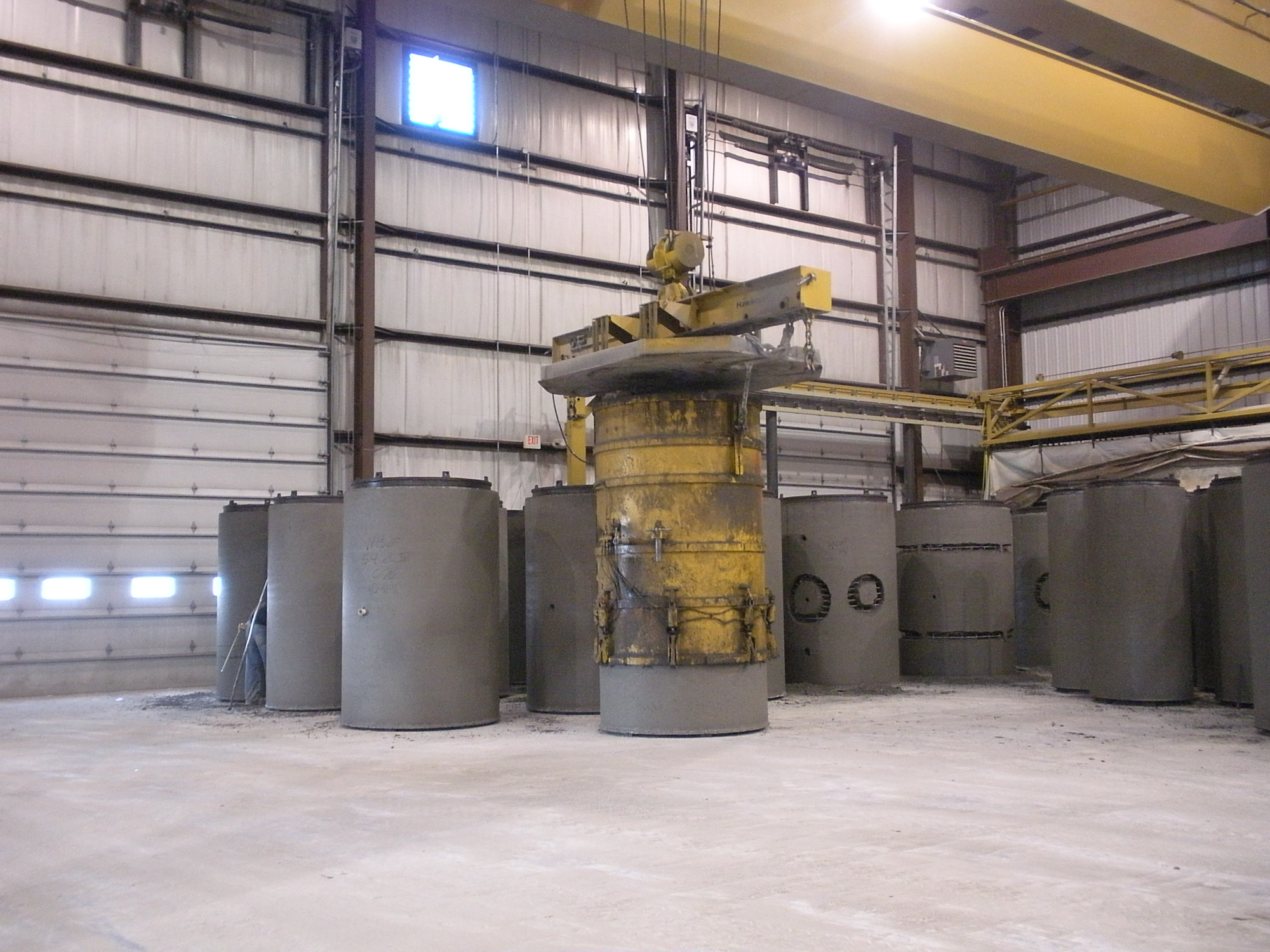I don’t know what it is with our city, but we have never been able to find an engineering consultant that can actually deliver a design of a treatment system, water or wastewater, that works or that meets our design and operation requirements. With the ever growing number of engineering consultants out there, how can this be? I am starting to wonder if this is just something common with all engineering designs delivered by a consultant (thinking of the big dig project) or do we just have bad luck?
After going through last years debacle of having the consultant for our new wastewater plant deliver a full set of plans of a plant that was actually located about a mile from the property on which the plant was supposed to go and located on property not even owned by the city, to our most recent problem with MACTEC engineering, the company providing design/build services for our water treatment plant reconstruction.
This project is a few weeks from what should be completion. The project was supposed to fix the original plant’s design that was completely messed up by the original design consultant that is now out of business. (The city actually had to sue the company after the plant was built to recover at least a small portion of the damages caused by design problems.) After waiting for 15 years, and suffering through an operational nightmare every day, the operators and I were more than ready to see everything finally designed, built, and operated as a plant should be. We had spent 15 years telling everyone who walked through the plant door what was wrong and what we wanted fixed – including the new design consultant – MACTEC. MACTEC had actually been involved in assessing the problems caused by the first consultant so we thought they were fully aware of all the issues and knew exactly what we wanted. Even so we spent several meetings going through it all again.
So the plans were drawn, and the construction began. Last week I got a call from our operator who told me the engineer for the project had called him to ask him how they were going to manage to control and operate the plant – the project is almost done and the project engineer is asking our operator how it is going to run! (The control people thought it was actually going to operate a totally different way with components that had not even been installed.) I called the project engineer who kept telling me to just ask my operator – he was supposed to know how it all would work. And if I had a problem with it, it must be the operator’s fault I guess. So we had a meeting with one of the principles of the firm. He tells me that they will fix the problem and come back with a solution that we could accept. I told him that we no longer wanted that project engineer involved.
Today, after not hearing back and finding out the control people are now calling our operator to figure out how to control the plant, I tried to call the principal who was not in. Instead I got called back by the project engineer who tried to convince me how much better his design was from what we had.
So even though I was not happy about the principal arranging to have this engineer contact me after I had asked him to remove him from the project, I decided to allow the engineer to try to explain to me from a purely engineering viewpoint how a small portion of the system would work. Basically we have a tank open to atmosphere with a set operating range. A pipe feeds two pressure filters from this tank. I asked him the operating pressure and flow for the pressure tanks and the operating range for the other tank levels – he could not tell me. HE DIDN’T KNOW!! This is the project engineer for the project.
Then I tried to ask him how he was going to ensure a specific flow and pressure into the pressure tanks, and he didn’t know that either – another engineer with him told me they were going to use a butterfly valve that we already have installed – the same one that we specifically told him we did not want to use to control the plant. He not only kept it in, but he is using it in the same capacity that we already use it which has been the primary control issue and problem since the plant was built.
I am starting to think that consultants only meet with us so they can get out of the office and bill someone. Then when they are in the meeting with us, and we think they are listening to all of our concerns and problems, they are really thinking “blah blah blah” like Homer Simpson does. Then they happily go back to their office, start designing whatever they want, then send us the bill.
When I pretty much went crazy after finding out that this engineer built his new design and control around the very valve that we told him to get rid of, he said I wasn’t being fair. He irresponsibly spends over a million dollars of our taxpayer’s money, and I am not being fair to him.
Anyway, I ended up doing what I have to do every time this happens to us – sit down and figure out how to fix it all. Finally I eventually came up with a solution that should work, will still salvage all that we have just built, and require the minimal amount of extra investment possible. Tomorrow I will meet with our operators and call our pump supplier and hopefully they all agree that this solution works. Then we can pay off the consultant for services so far and say a fond farewell to yet another design fiasco.


